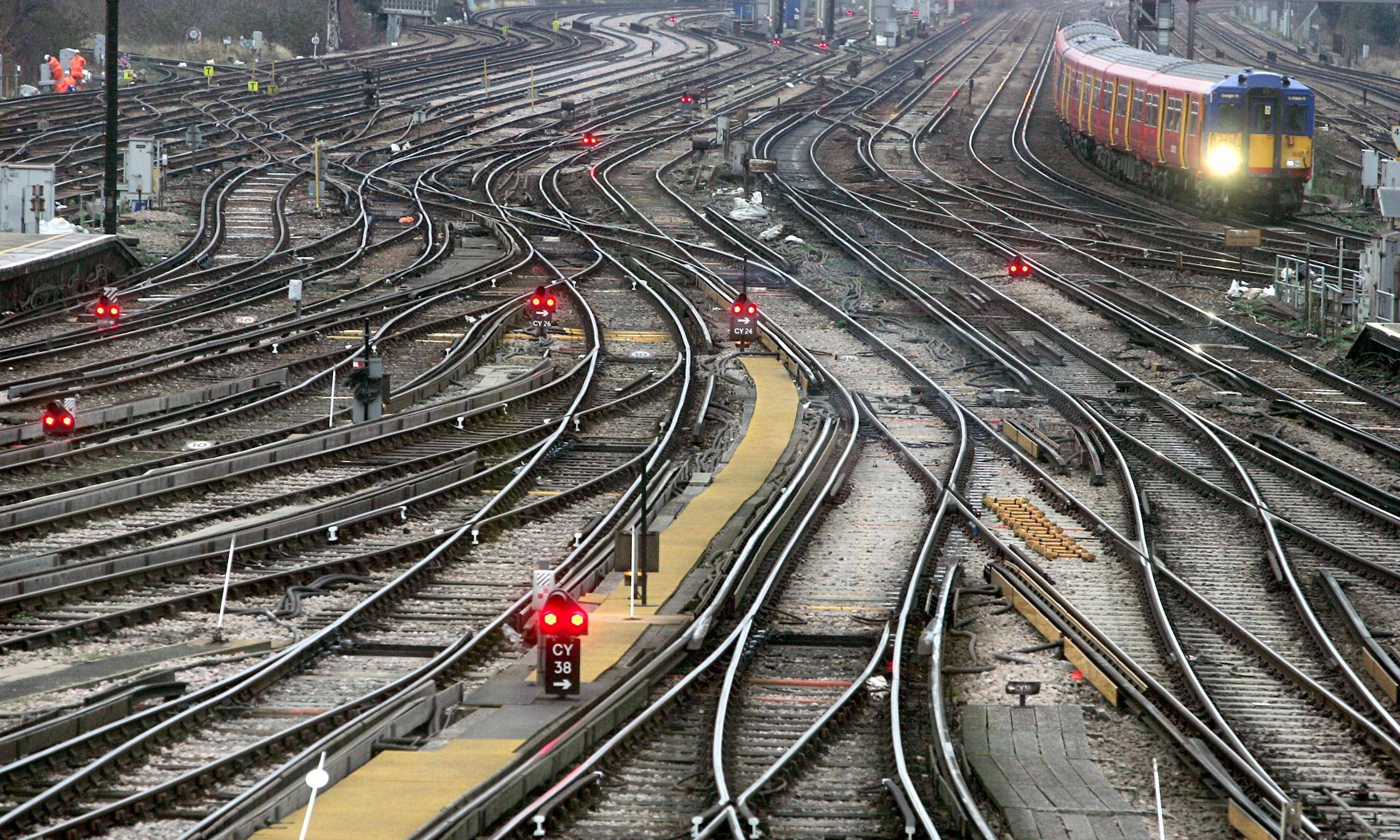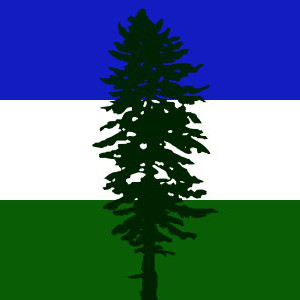I would love to flip the railroad usage and cow pasture usage.
Also, mfs drinking too much corn syrup.
theresa tiny part thats for maple syrup

beautiful

Golf is way too big, imo. No other sport even makes the list here.
Maybe we can combine it with “wildfires”.
So, if most people are going vegan, there would be much more space for other stuff, yes?
“Wildfires” is a surprisingly large area. I wonder what the 2025 area for it is.
No, we use it to vote.
Remember, not all land is the same. Some is too dry to grow human food. Some too wet. There are also other things that land is either too or not enough.
I bet we could still multiply output by a decent number by replacing meat production with directly edible crops, if there was a need for it
It us wild that there is not a need. Distribution is (or was) the issue. Very sad humans refuse to feed others.
Most pasture/grazing land simply isn’t suitable for crop farming, which is why we use it for pasture. Be it because of water retention or lacking topsoil or whatever, it’s often the case that the only feasible way to produce food from an area is livestock farming.
The “livestock feed” section of the graph looks more than twice as big as “Food we eat”, and at least some of the pasture land (much larger than both) has got to be viable, even if it mostly isn’t.
Sure, and there’s a very important discussion to be had about the influence livestock has on the environment. But that’s a separate topic from the usefulness of pasture land for alternate purposes.
Too cold or not enough warm.
Do we not eat any of the cows?
I expect a substantial portion of that cow pasture/range land is dry grasslands and shrub steppe out west. It’s rough terrain and not good for much else. A lot of it doesn’t even have cows on it most of the time.
if its alafalfa, i think alot of farm land are, its usually exported to the Middle east.
Vegans and ecologists have been talking about this exact issue for a while now
literally decades. lots of talk around the conditions that bring new pandemics too.
It simply takes a loooot of food to produce 1kg of beef
Why do they keep allocating land to wildfires if they’re so destructive? /s
Can’t rake everywhere all the time
That’s the federal wildfire sanctuary established by president William McKinney. While most fire has been domesticated, the remaining feral fire is allowed to burn free in Utah.
I heard that even though the fire was born here, it has illegal flameborn parents so they’re going to put it on a cargo ship with a bunch of pallets and deport it and that’s how we’ll solve the wildfire issue. Saw it on Joe rogan
Gotta see one of these with parking.
It would be a subset of “urban commercial”, right? Somewhere in the range of half to three-quarters of it?
Depends how these are defined. Public parking or on-street parking are likely in a different category, not to mention people’s driveways.
I have certainly heard of Weyerhauser, but had no idea they were that big. They’re the only ‘individual’ owner shown. The land-owning families is odd as I’m sure it overlaps a lot with pasture and private timberland.
They have rights to nearly all the timberland in washington, which covers about half the state. They’re unbelievably huge, it’s ridiculous.
And people will still say that the meat/dairy industry aren’t a plague
What? There are lots of legitimate complaints about the meat and dairy industries, but almost all that land being used for them is arid, rocky wasteland that has a cow wander over it twice a year. That’s not actually even on the list of problems with those industries.
You think that the amount of land being dedicated to making food for livestock dwarfing the amount of land dedicated to feeding people is not a legitimate complaint?
Ugh, I accidentally deleted my previous comment when trying to edit, sorry for the double reply.
Original reply:
You think that the amount of land being dedicated to making food for livestock dwarfing the amount of land dedicated to feeding people is not a legitimate complaint?
Edit: eyeballing it, we use twice as much land (and as a result, water, energy, etc used in the farming process) making food for livestock (ie, food for what will become food) as we do making food for us
No. No. That’s completely wrong. That’s not what I think, because it doesn’t make any sense. There are no crops that can be effectively and cheaply grown in rocky, arid wasteland. If we weren’t using it to let cattle graze, it would be wild land being grazed by buffalo instead. Now, maybe you could argue that would still be better, but it wouldn’t be growing food for humans any more efficiently. Buffalo aren’t actually any more efficient than cattle at producing meat, and nobody’s hauling water up to into the high Rockies to irrigate rocks. That’s not a real thing that people would be doing if cattle weren’t grazing there.
There is a dedicated section for “pasture/range” which is the grazing space you’re talking about. I am not talking about that. I’m talking about the section for “livestock feed” which is crop growth.
it’s not actually clear how much of that land is exclusively for growing animal feed, and how much of that land is being attributed to animal feed, which is also used for human food. for instance, a soybean is only about 20% oil. about that much is used by humans. The other 80% of the soybean is a byproduct of pressing for oil called soy cake. that soy cake is fed to livestock, but if it weren’t fed to livestock, it would be industrial waste. is 80% of soybean land use to grow food for livestock? no. 100% of it is used to grow food for people, and food for livestock. and we feed cottonseed to cattle, but cotton isn’t grown for cottonseed: it’s grown for textiles. is that land being attributed? I’ve read the article is carefully as I can, and it doesn’t seem to make this nuance at all.
That’s fair. I guess I misunderstood. Sorry. Yeah, it would be nice if that part were smaller. It’s still not a perfect one to one comparison. Feed crops do actually tend to use less other resources. Sometimes a lot less, depending on the crop you’re comparing them to, but yeah, it’s a lot of land that could be growing things for humans, and there’s more of it than there needs to be. Sorry. You are right about that.
All good, glad we smoothed that over :)
deleted by creator
Get rid of livestock
This graph is confusing because there are state lines drawn underneath, but it’s not saying by state.
Can’t figure out why the 100 largest landowning families aren’t using their land for any of the other reasons. Surely some of them are having it farmed for them too?
OIL. There’s a LOT of land that might be considered cow/grazing but won’t really grow anything worth it. See West Texas.
Swamps don’t make good farms, but some people try to farm in FL, it’s just inefficient and heavily pollutes or eliminates wetlands











